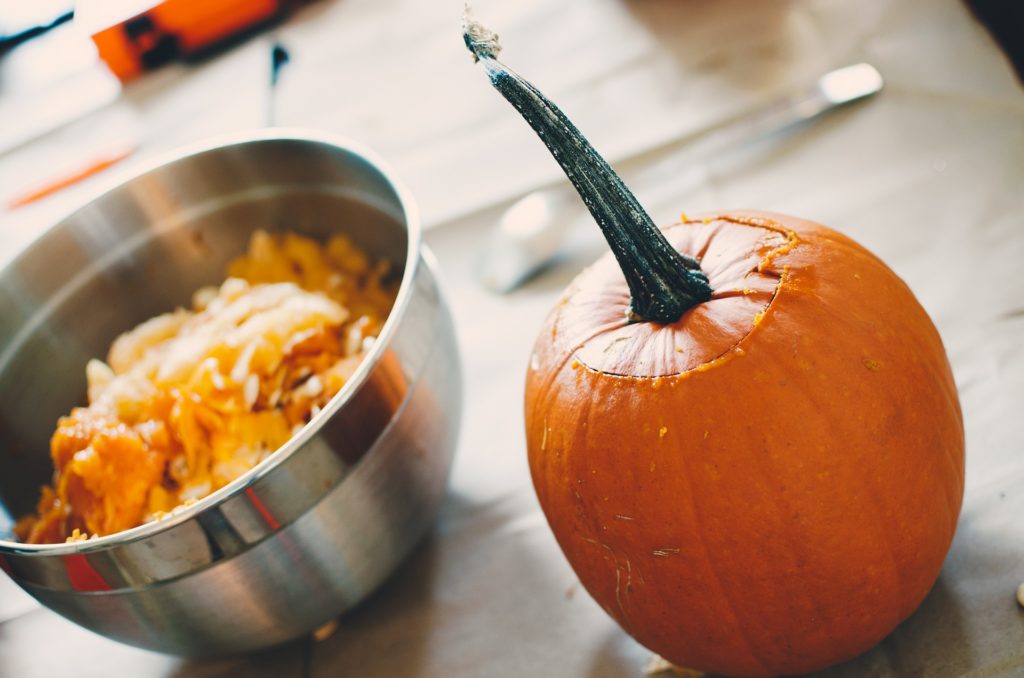
Here is a list of the Vegetables available this fall that grow in Texas. Eat fresh, eat local (yes, Texas is big, so local may be a few hundred miles, but better than a few thousands).
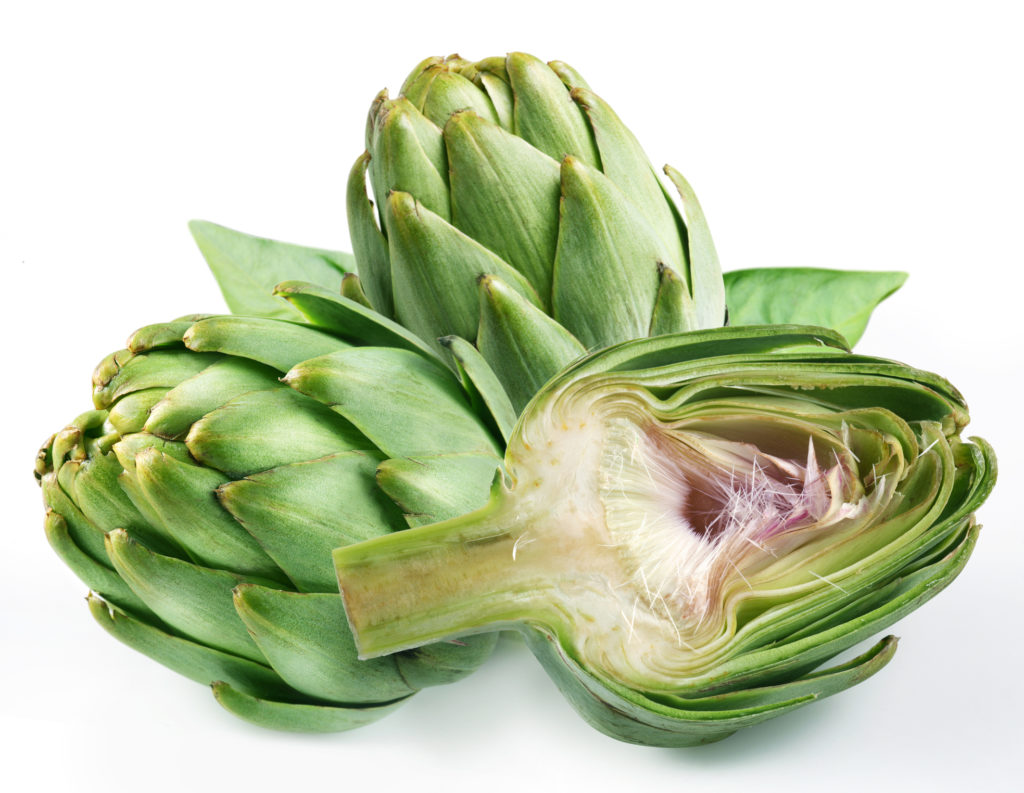
-Artichokes produce a second, smaller crop in the fall (the first go-around is in the spring) that tends to produce small to medium artichokes. Texas artichokes can be found at MO Produce LLC in Rancho Viejo, near Brownsville.
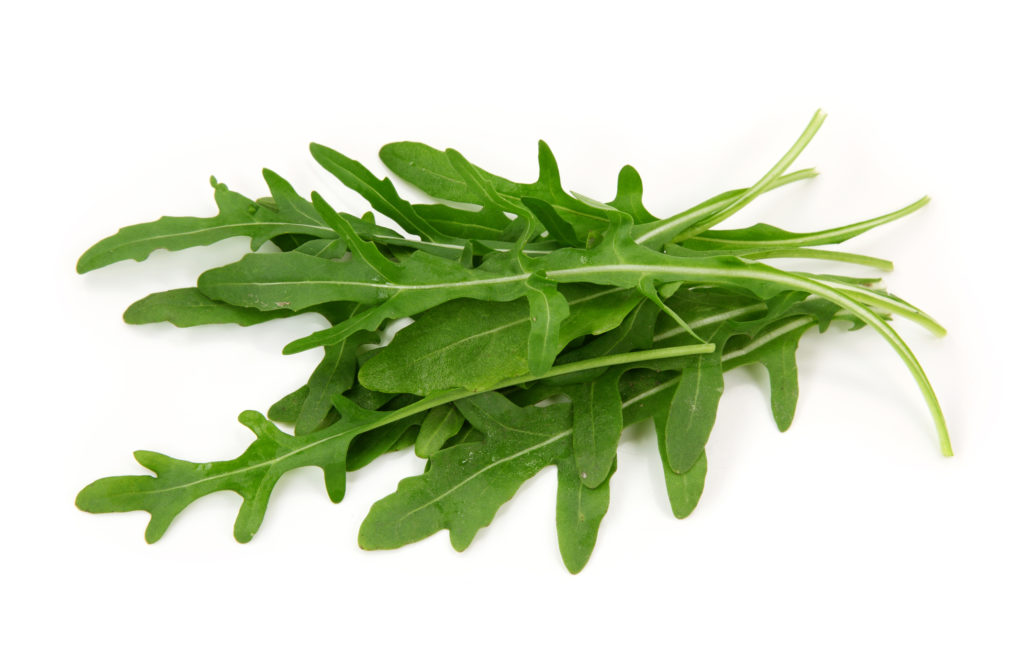
-Arugula is a cool weather peppery green harvested at different times in different places (winter in warm climates, summer in cool ones) but grows in many places during autumn.
-Beets are in season in temperate climates fall through spring, and available from storage most of the year everywhere else. Fresh beets are often sold with their greens still attached.
-Belgium Endive are mostly “forced” to grow in artificial conditions. Their traditional season (when grown in fields and covered with sand to keep out the light), like that of all chicories, is late fall and winter
-Broccoli can be grown year-round in temperate climates so we’ve forgotten it even has a season. It is more sweet, less bitter and sharp when harvested in the cooler temperatures of fall in most climates.
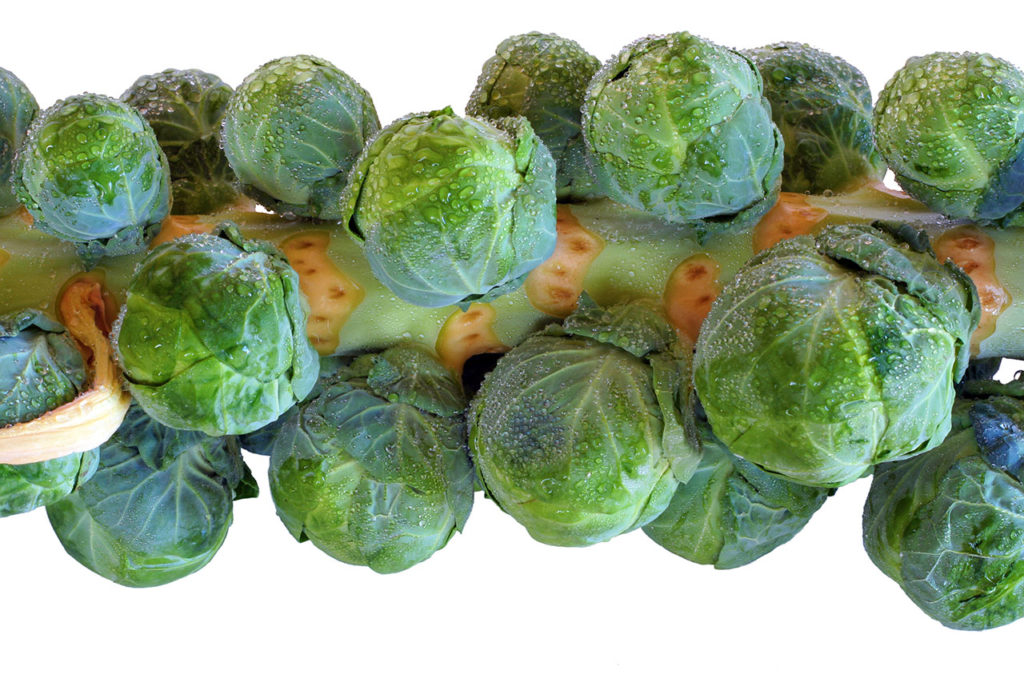
-Brussels Sprouts grow on a stalk, and if you see them for sale that way snap them up – they’ll last quite a bit longer than once they’re cut.
-Cabbage is bright and crisp when raw and mellows and sweetens the longer it’s cooked. The cooler the weather when it’s harvested, the sweeter it tends to taste (this effect is called “frost kissed”).
-Carrots are harvested year-round in temperate areas. Unusual varieties are harvested during the carrot’s natural season, which is late summer and fall. True baby carrots – not the milled down versions of regular carrots sold as “baby carrots” in bags at grocery stores – are available in the spring and early summer. Locally grown carrots are often available from storage through early winter even in colder climates
-Cauliflower may be grown, harvested, and sold year-round, but it is by nature a cool weather crop and at its best in fall and winter and into early spring.
-Celery Root is at its best in the cooler months of fall, winter, and early spring (except in cold climates, where you’ll find it during the summer and early fall).
-Celery is at its best in the fall, with its harvest continuing through winter in warm and temperate.
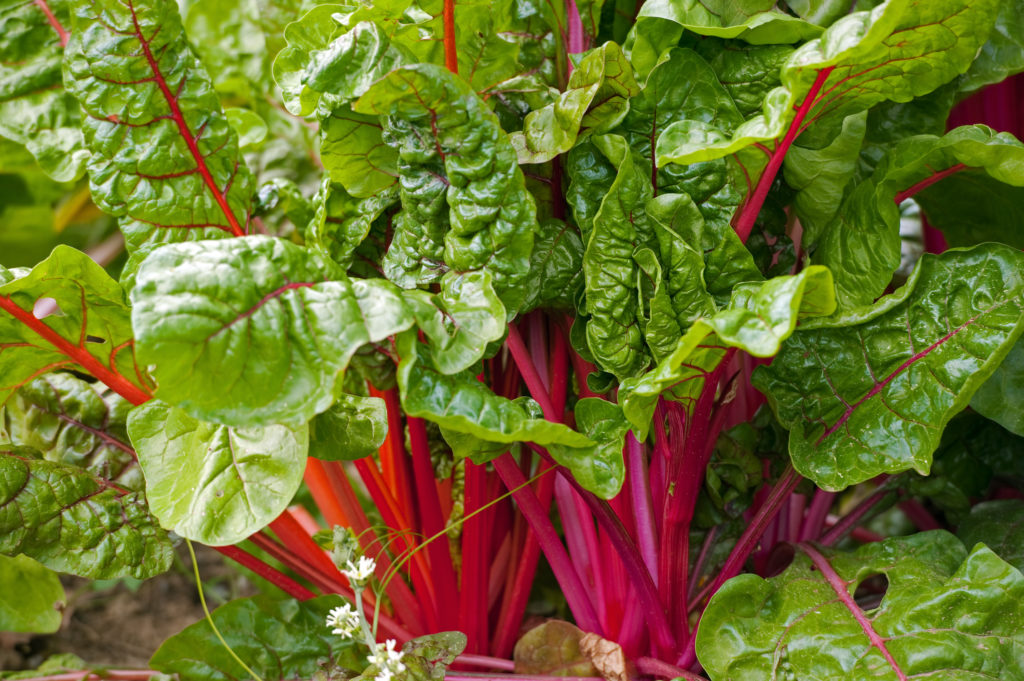
-Chard like all cooking greens, chard turns bitter when it gets too hot. Chard grows year-round in temperate areas, is best harvested in late summer or early fall in colder areas, and fall through spring in warmer regions.
-Chicories are cool weather crops that come into season in late fall (and last in temperate climates through early spring).
-Chiles are best at the end of summer and into fall. Dried chiles are, of course, available year-round.
-Curly Endive is a chicory, at its best in fall and winter.
-Edamame are fresh soy beans – look for them in late summer and fall.
-Eggplant (early fall) comes into season towards the end of summer, but bright shiny heavy-feeling specimens stay in season well into fall.
-Escarole is another chicory at its best in fall and winter.
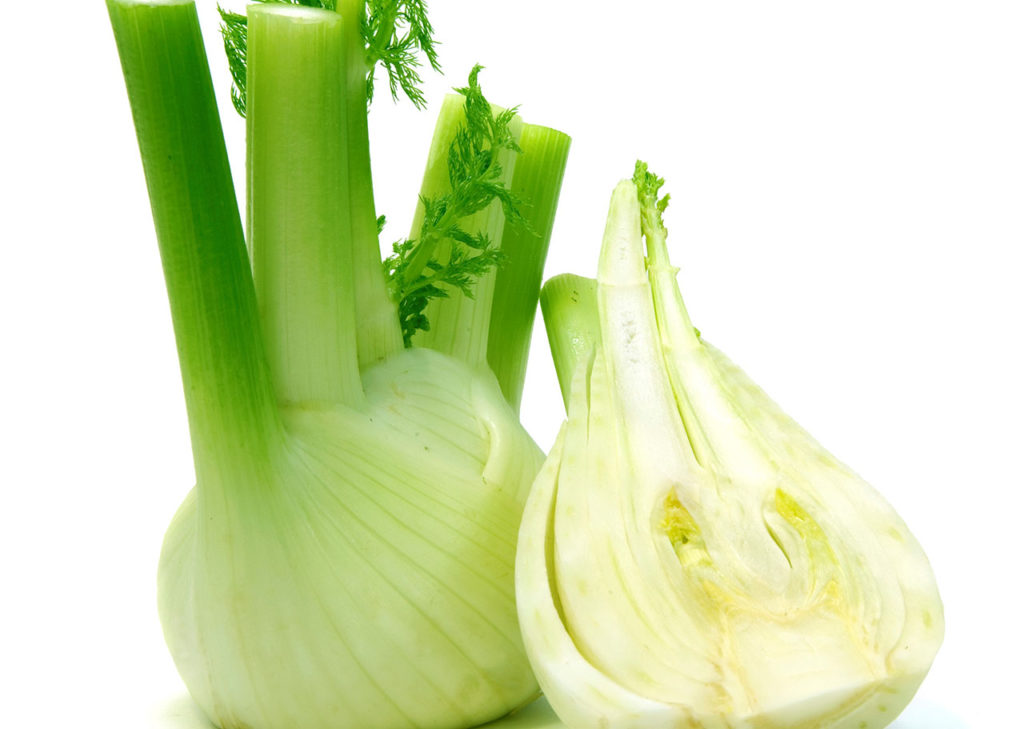
-Fennel’s natural season is from fall through early spring. Like most cool weather crops, the plant bolts and turns bitter in warmer weather.
-Garlic is another produce item that we forget has a season; fresh garlic is at its plump, sweetest best in late summer and fall.
-Green Beans tend to be sweetest and most tender during their natural season, from mid-summer into fall in most regions.
-Green Onions or Scallions are cultivated year-round in temperate climates.
-Herbs of hearty sorts are available fresh in fall – look for bundles of rosemary, parsley, thyme, and sage.
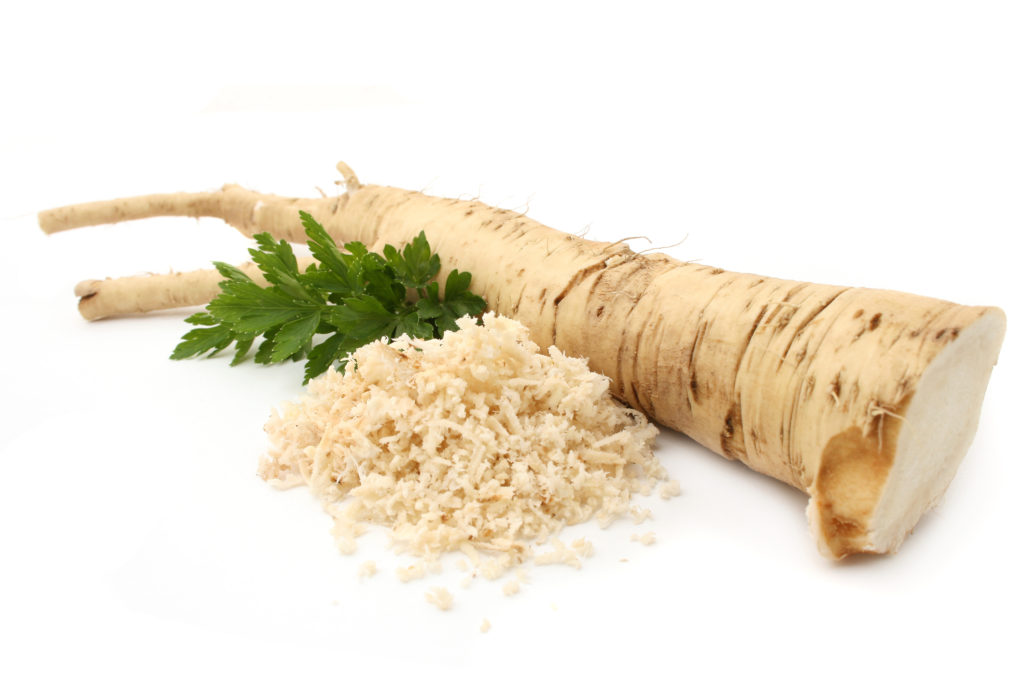
-Horseradish is at its best in fall and winter. Like so many other root vegetables, however, it stores well and is often available in decent shape -well into spring.
-Jerusalem artichokes are brown nubs, that look a bit like small pieces of fresh ginger. Look for firm tubers with smooth, tan skins in fall and winter.
-Kale is like all hearty cooking greens – cooler weather keeps it sweet.
-Kohlrabi (late fall) comes into season by the end of fall, but stays at its sweet best into winter.
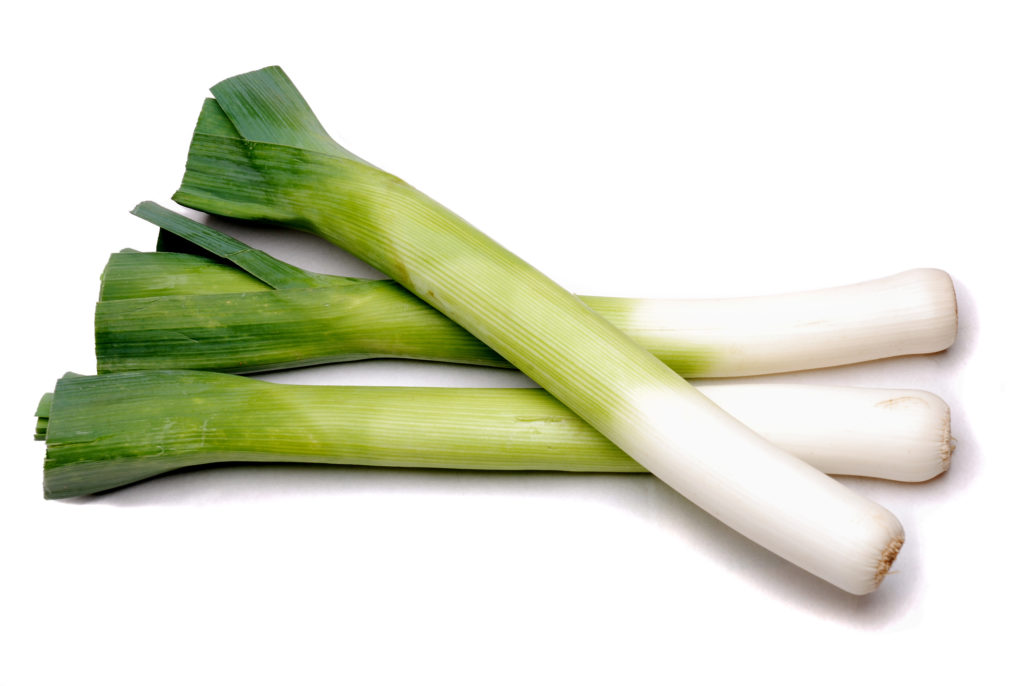
-Leeks more than about 1 1/2 inches wide tend to have tough inner cores. The top green leaves should look fresh – avoid leeks with wilted tops.
-Lemongrass grows in warm and tropical areas and is usually available fresh in the U.S. towards mid-fall
-Lettuce (in warmer climates), like other greens bolt and turn bitter when the weather gets too warm, making it in-season somewhere in the U.S. year-round. It can also be grown in low-energy greenhouses in colder climates through the winter.
-Mushrooms (wild) have different seasons throughout the U.S. Most wild mushrooms other than morels are in-season in summer through fall.
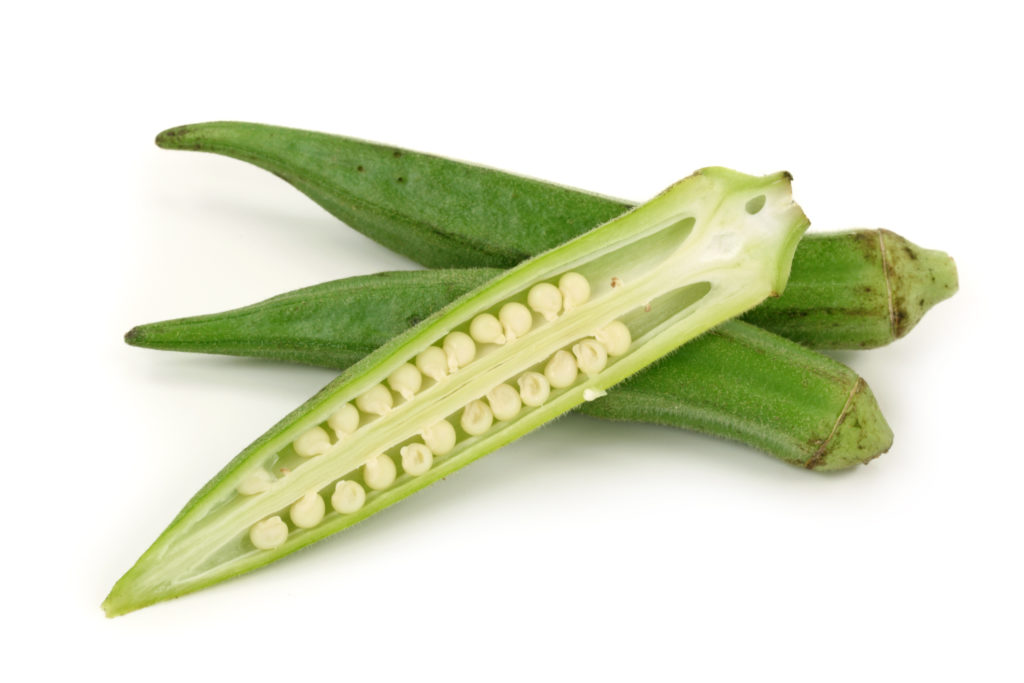
-Okra (early fall) needs heat to grow, so a nice long, hot summer in warmer climates brings out its best. Look for firm, plump pods in late summer and early fall.
-Onions come from storage all year round but most onions are harvested in late summer through the fall.
-Parsnips look like white carrots and have a great nutty flavor. Look for thinner parsnips, since fatter ones tend to have a thick, woody core you need to cut out.
-Peppers (early fall) – both sweet and spicy- are harvested in late summer and early fall.
-Potatoes are excellent storage vegetables, but most varieties are harvested in the fall.
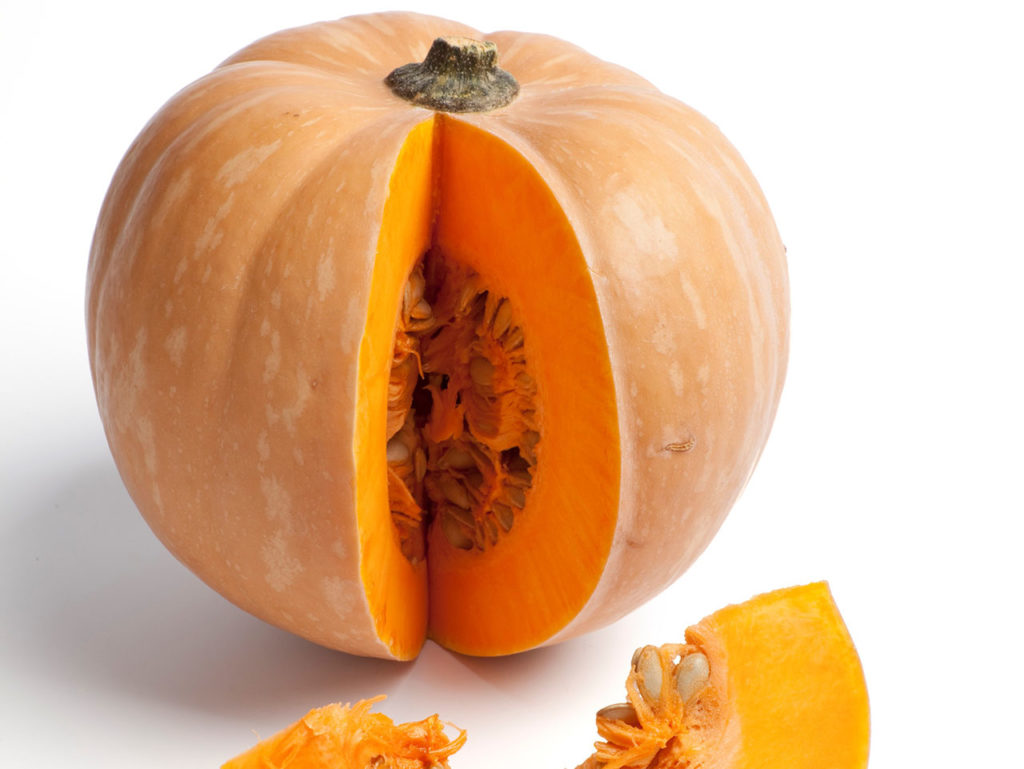
-Pumpkins are the most common winter squash and come into season in September in most areas.
-Radicchio, like all chicories, radicchio is more sweet and less bitter when the weather is cool.
-Radishes (all types) are so fast-growing that they can be sown several times during the growing season in most climates. Fall marks the end of the season for small red radishes and the beginning of the season for larger daikon-type radishes.
-Rutabagas also known as “yellow turnips” and “Swedes” are a sweet, nutty root vegetables perfect in stews, roasted, or mashed with plenty of butter.
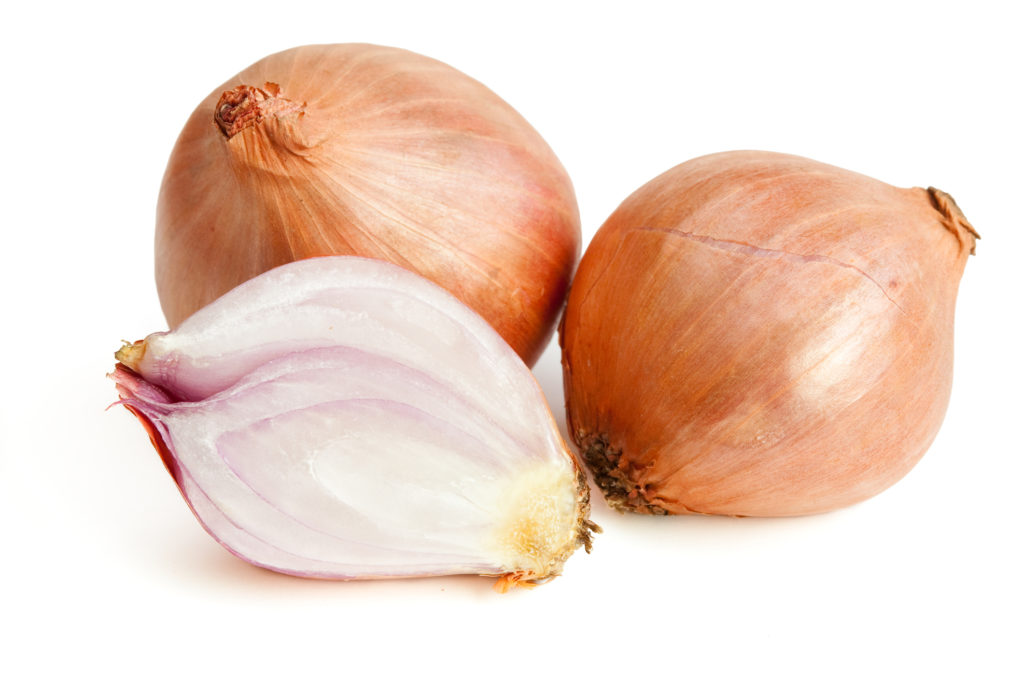
-Shallots are harvested in late summer and into fall, and are at their sweetest when fresh.
-Shelling Beans are those beans that can become dried beans but are briefly available fresh, as shelling beans, in mid-summer to early fall depending on your climate.
-Spinach, indeed, has a season. It varies with your climate – year-round in temperate areas, summer and fall in cooler areas, fall through spring in warmers regions.
-Sweet Potatoes are often sold as “yams.” They store well and are available from local sources year-round in warmer areas; from late summer through winter other places.
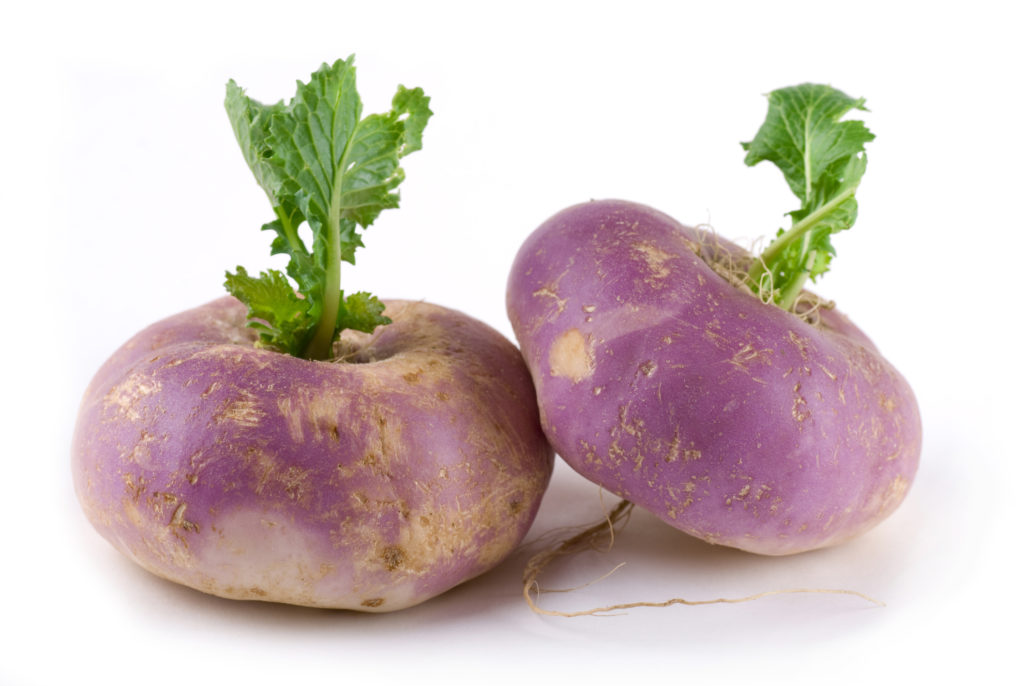
-Turnips have a sharp but bright and sweet flavor. Look for turnips that feel heavy for their size.
-Winter Squash of all sorts comes into season in early fall and usually last well into winter.
-Zucchini have a harvest season from summer into fall in most climates.
Enjoy this seasons many grounding vegetable (Vata’s)! A great time for hearty meals! Yummy!
